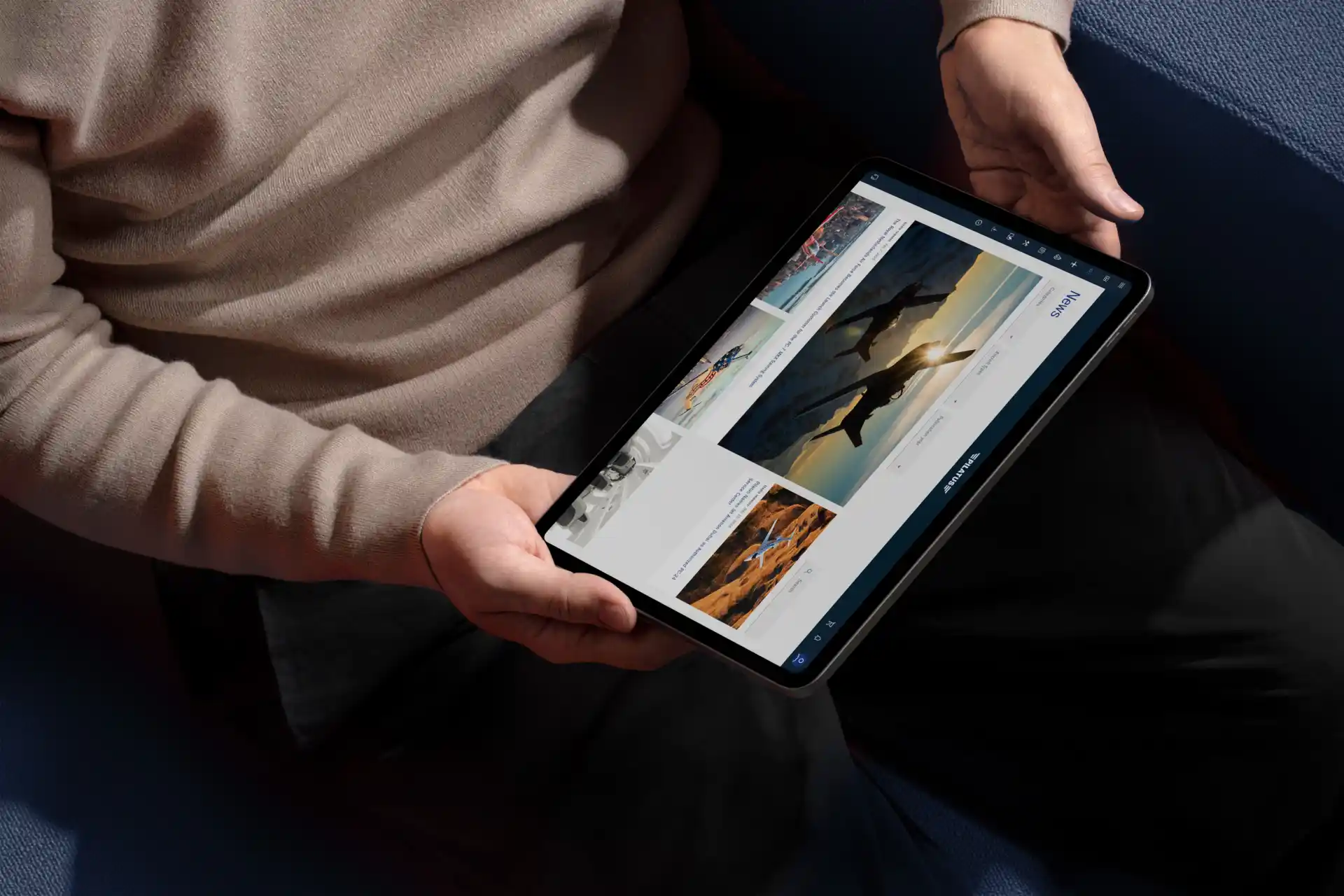The Empire Test Pilots’ School is a training centre for test pilots operated in Boscombe Down by the British company QinetiQ. The PC-21 is an integral part of the training provided to the latest generation of test pilots.
The Empire Test Pilots’ School was established in 1943 for pilots who test newly introduced aircraft. These test pilots are experienced pilots who need further special training. The school currently uses the PC-21 and other aircraft to train students from all over the world including the United Kingdom, Netherlands, Australia and USA. The Next Generation Trainer was chosen as the backbone of the course to provide high-performance modern military cockpit training.
World’s first Test Pilot Flight School
The Empire Test Pilots’ School is the world’s first school for test pilots. Its motto is “Learn to test – test to learn”. Created for test pilots and flight test engineers of fixedwing and rotary-wing aircraft it is now run by the Ministry of Defence and defence contractor QinetiQ under a longterm agreement at Boscombe Down in Wiltshire, England. There are fewer than ten test pilot schools in the world, the majority of which are located in the USA. Only Eppner in Istres, France, is also based in Europe.
The Empire Test Pilots’ School has trained students from 32 countries in the past 75 years, including multiple astronauts and notably Claude Nicollier, the first Swiss astronaut. Trainee backgrounds vary from flying large military transport aircraft to fighter pilots to engineers with no flying background at all. The Empire Test Pilots’ School is very interested in getting more civilian pilots to complete training with the school and currently offers modular courses for a variety of business sectors.
Updated training programme
A project to update the QinetiQ fleet began in 2011. The serviceability of the fleet was becoming difficult to guarantee and the training provided by old generation aircraft was no longer relevant. The PC-21 was chosen as backbone of the course to provide a high-performance modern military trainer capable of meeting many of the training requirements on the syllabus of a test pilot.
In addition to the PC-21, the military students at the Empire Test Pilots’ School also use a fighter aircraft to learn transonic and supersonic flight test techniques and weapons systems. Simulators are also used extensively to teach difficult or high risk flight test techniques such as engine failures during take-off and minimum control speeds. Boeing 777 and C-17 as well as Airbus A400M simulators as used by the Royal Air Force are examples of the types used. Industry visits to e.g. Rolls Royce, Airbus and Saab are also a part of the course and give students real-life experience of the challenges of aircraft development and flight testing.
Demanding rating requirements for EASA test pilots
The Empire Test Pilots’ School was recently approved by the European Aviation Safety Agency (EASA) to perform test flights for the test pilot rating. EASA flight test rating requirements were first published in 2011 and came into effect in 2015. The new regulation applies to all test pilots in EASA countries. They must have an EASA flight test rating to test fly EASA-certified aircraft.
Test pilot ratings allow a pilot to conduct the first flights with a new aircraft, like the PC-24, flying at faster speeds, higher altitudes or higher G values. For this rating EASA specifies a minimum of 100 hours in the air in a minimum of ten different aircraft types, with 350 hours of theoretical knowledge classroom training – including aerodynamics, engines, flight handling and systems tests. Examinations must cover all subject areas. Students must successfully complete a final in-flight test to pass the course.
So far, only three pilot schools worldwide are authorised to provide EASA-certified test pilot ratings. The Empire Test Pilots’ School is one of them!

